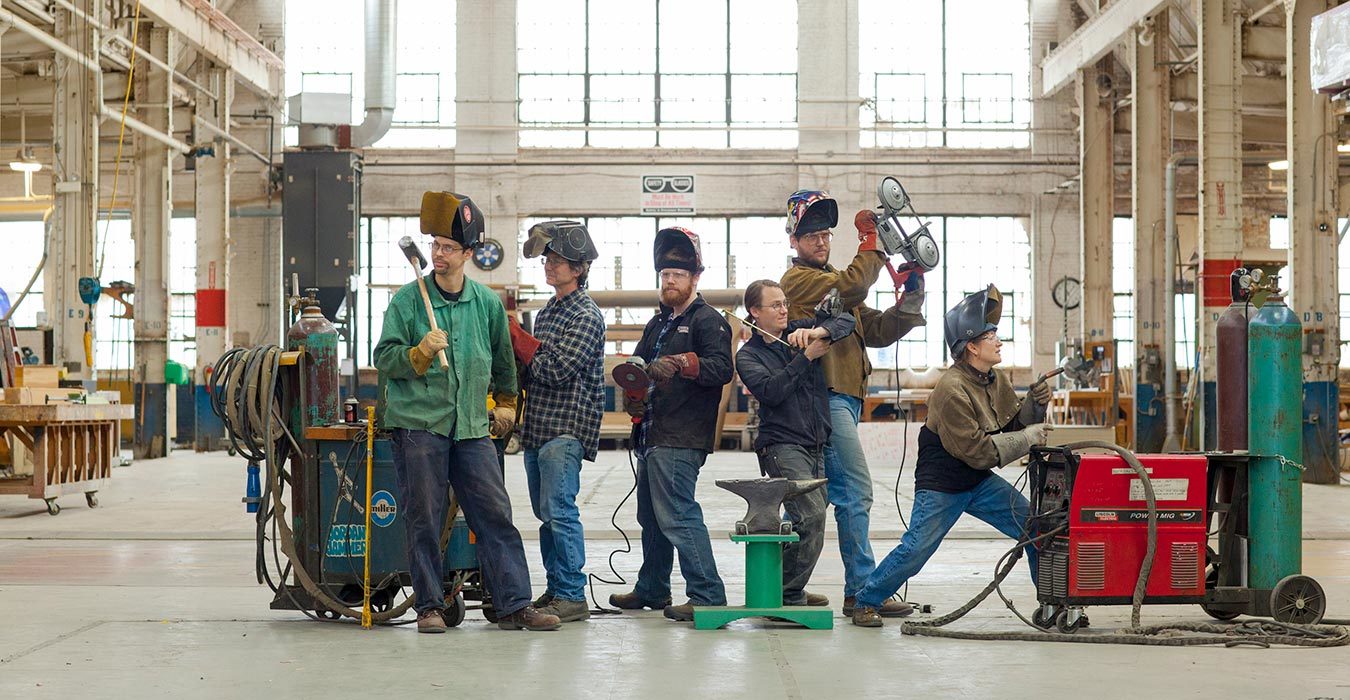Scenic Safety with Jonathan
Don't Be Hard Headed About Hard Hat Safety
According to the National Safety Council, about 70,000 people have disabling head injuries each year.
Many of these instances could have been prevented by utilizing proper safety head gear. Here are some things to consider when choosing the proper hard hat for your job.
What Do I Need Protection from?
There are three main hazards hard hats are built to protect you against.
- Falling/Flying Objects
- Bumps On/Against Your Head
- Electricity
The American National Standards Institute breaks down hard hat types into four different classes: Class A hats which are mostly found in manufacturing, Class B hats designed for electrical use, Class C hats which are made from aluminum, and Class D hats designed for firefighters. Take the time to research what will be best for you and your work environment.
Am I Wearing This Right?
Hard hats come in many different sizes and most are adjustable to ensure they properly fit. If a hard hat doesn’t accurately fit, the chance of it working correctly go down. Size charts can be found on most manufacturer’s websites and catalogs. Use a measuring tape to find the circumference of your head and compare it to the size chart to find the right fit for you.
When wearing hard hats, ensure that the neck and chin strap is snug, but not too tight, cutting off circulation. No other hats or objects should be worn under a hard hat unless approved by the helmet manufacturer.
Do I have to?
Even if you are the most coordinated and focused person on the floor, it doesn’t mean you should risk exposing your head to these dangers. After all, you do no good to yourself or your work if you are injured.
Jonathan Barber is a welder and the Safety Advisor for Chicago Scenic Studios.


